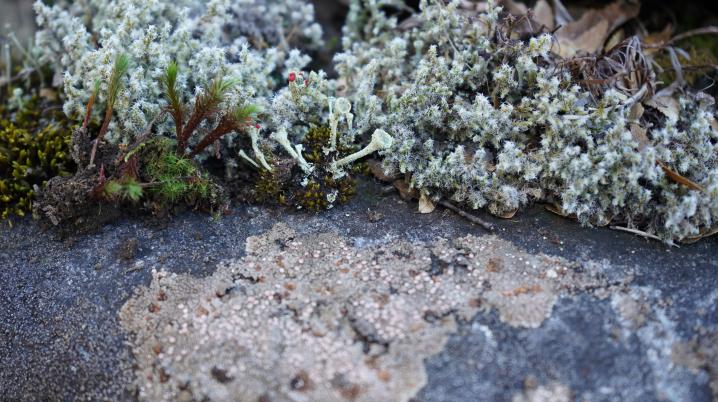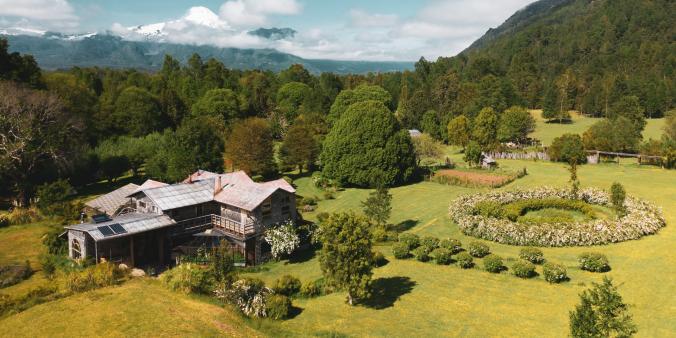
BLACK EARTH cultivating biodiversity 2020
Valley of the Possible invites all artists, scientists, activists, agriculturists, botanists, chefs and other thinkers and makers with an interest in agriculture, food systems and biodiversity for an interdisciplinary research program and residency period in the Cañon del Blanco valley, La Araucanía Andina, southern Chile. Valley of the Possible’s 2020 research program draws inspiration and hope from a phenomenon called Terra Preta (Black Earth): a discovery that gives rise to the likelihood of parts of the Amazon Rainforest being a carefully constructed environment instead of a pristine wilderness. The hypothesis posits that the abnormally black and fertile earth found scattered around was created by the patient persistence and techniques of Indigenous cultures to maintain the fertility of one of the most vulnerable and important ecosystems on earth. An example of thoughtful human planning and landscape design evolving throughout thousands of years.
For the duration of the full six-week period, Valley of the Possible will organise a tailor-made program: with the first two weeks being immersive and guided, and the last four weeks predominantly self-guided. This program consists of various trips into the valley as well as surrounding areas and (Indigenous) communities, visiting examples of gardens, national parks and ecological reserves guided by biologists, farmers, chefs and specialists from local universities.
It also features guest lectures and workshops by Indigenous seed keepers, wild food (edible plants and fungi) foragers, regenerative agriculture experts, philosophers, artists, Mapuche and Pehuenche leaders and community spokespeople. They will screen relevant documentaries about Mapuche, Pehuenche and Chilean culture, as well as supply a small library of relevant books. In addition to the program, they offer access and introductions to a broad network of art and science institutions and universities in Chile, Latin America and The Netherlands. After the immersive program period, there is time and freedom to deepen your practice, work on your own projects and to go on self-guided trips in the area.
From the grounds of the accommodation, participants have direct access to hundreds of hectares of native forest, several hot springs, geysers, and the Rio Blanco, with mineral water that springs from the adjacent Sierra Nevada volcanic mountain range. Apart from the program and the self-guided trips, they ask (though do not demand) the participants to consider dedicating a few hours per week to the earth and community they will become part of.
Participants are hosted in a mountain lodge on a small farm located on several hectares of privately owned land. The lodge provides five basic rooms (private or shared), with comfortable beds, linens and towels, small working desks and heating in each room. Bathrooms are shared. The lodge also offers a communal kitchen, living room with fireplace and a collection of books. A fogón (traditional Chilean communal fireplace), a café and sandwichería, stables, laundry room and a primitive barn are also part of the property. There is free access to the local thermal hot springs. Valley of the Possible is a research-based residency program, they do not provide any studio or workspace. Each room has a desk and there is a simple rustig barn with basic tools. Participants do have access to a communal livingroom and a café.
Valley of the Possible does not seek specific outcomes. However, following Indigenous cosmology and the guiding principle of reciprocity, the organizers ask the participants to focus their research by examining what this place needs, or what they can add, instead of what they can take from it.
Please send to [email protected], with deadline December 1, 2019:
- a professional biography (500 words max) and a presentation of recent works or projects from the past five years (10 works/projects max).
- In a letter of interest, describe the ideas behind your proposed research (its themes, concerns and intentions) in a way that helps them understand what you would like to bring to the program (500 words max).
- For video or sound work, please post a URL to the work or send a clip no larger than 10MB.
All materials must be submitted in English or Spanish. Compile all documentation (biography, presentation and letter of interest) into a single PDF file of less than 10 MB and include any relevant web-links.


